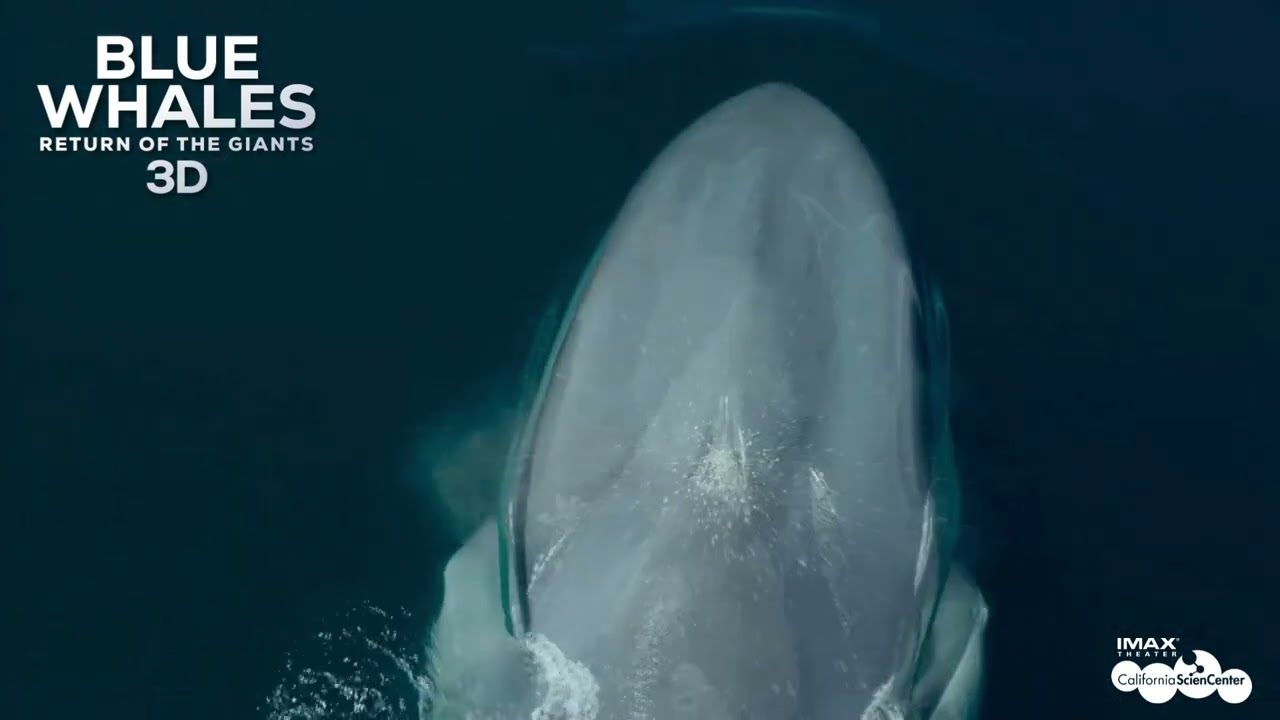- A detailed exploration of the Blue Whales 3D film experience at the California Science Center.
- Insights into the biology and ecology of blue whales, highlighting their fascinating characteristics and behaviors.
- The significance of educating the public through 3D experiences in promoting conservation awareness.
- The role of zoological and scientific institutions in conserving marine wildlife.
- Strategies for engaging diverse audiences in marine conservation efforts.
The California Science Center is home to engaging educational experiences, one of which centers around the Blue Whales 3D film. This visual spectacle allows audiences to embark on a journey through the ocean’s depths, where the largest animals on Earth reside. Using cutting-edge 3D technology, the film provides a vivid portrayal of blue whales, showcasing their majestic beauty and fostering a deeper understanding of their incredible lives. By immersing viewers in the oceanic environment, the film facilitates an emotional connection with these leviathans, aspiring to ignite compassion and a commitment to conservation efforts.
Blue whales dominate the marine ecosystem with their colossal size, reaching up to 100 feet in length and weighing as much as 200 tons. These gentle giants mainly feed on small shrimp-like creatures known as krill, consuming up to four tons per day during feeding season. Their feeding behavior involves lunging at their prey with open mouths, engulfing massive volumes of water, and filtering out their food with baleen plates. Despite being the largest animals to have ever existed, blue whales remain elusive and challenging to study. This aspect makes the California Science Center’s 3D film invaluable in offering insight into their behavior and habitat, informed by the latest scientific research.
Through the Blue Whales 3D experience, the California Science Center emphasizes the importance of education in promoting wildlife conservation. By illustrating the intricacies of whale communication, migration patterns, and the threats they face, the film positions itself as a powerful tool for raising awareness. Habitat loss, ship strikes, entanglement in fishing gear, and climate change pose significant risks to blue whale populations. The educational aspect of the film encourages viewers to consider their role in the conservation narrative, inspiring proactive measures in preserving marine ecosystems.
Zoological and scientific institutions such as the California Science Center play a crucial role in wildlife conservation. They use educational platforms to bridge the gap between scientific research and public understanding. By translating complex scientific data into accessible and compelling stories, these institutions facilitate informed decision-making and foster a community that values biodiversity. Their ongoing efforts include partnerships with marine biologists and conservation organizations to implement effective conservation strategies, ultimately contributing to the preservation of marine life.
Engaging a diverse audience is fundamental in advancing marine conservation. The California Science Center includes interactive components in its offerings to support varying learning styles and interests. These components may involve virtual reality experiences, informative talks, and hands-on activities that expand upon the knowledge gained from the 3D film. By attracting a wide audience, these efforts amplify the message of conservation and empower individuals of all ages to act as stewards of the environment.
The Blue Whales 3D exhibit at the California Science Center is more than just an entertainment medium. It serves as an educational conduit, highlighting the awe-inspiring nature of blue whales and underscoring the urgent need for conservation initiatives. Through vivid storytelling and immersive experiences, it successfully engages the public in meaningful dialogue about the challenges these majestic creatures face. The film is a testament to the role of technology in bridging the gap between the natural world and human understanding, offering a window into the lives of blue whales and our planet’s marine biodiversity.
*****
Source Description
Blue Whales 3D takes audiences on the adventure of a lifetime to discover a long-lost blue whale pod in a remote corner of the ocean, where no scientists or film crews have explored before.
World Premiere at the California Science Center’s IMAX Theater. Now playing.
This movie is shown in 3D. Advance tickets required. For tickets and showtimes, visit californiasciencecenter.org/imax.


